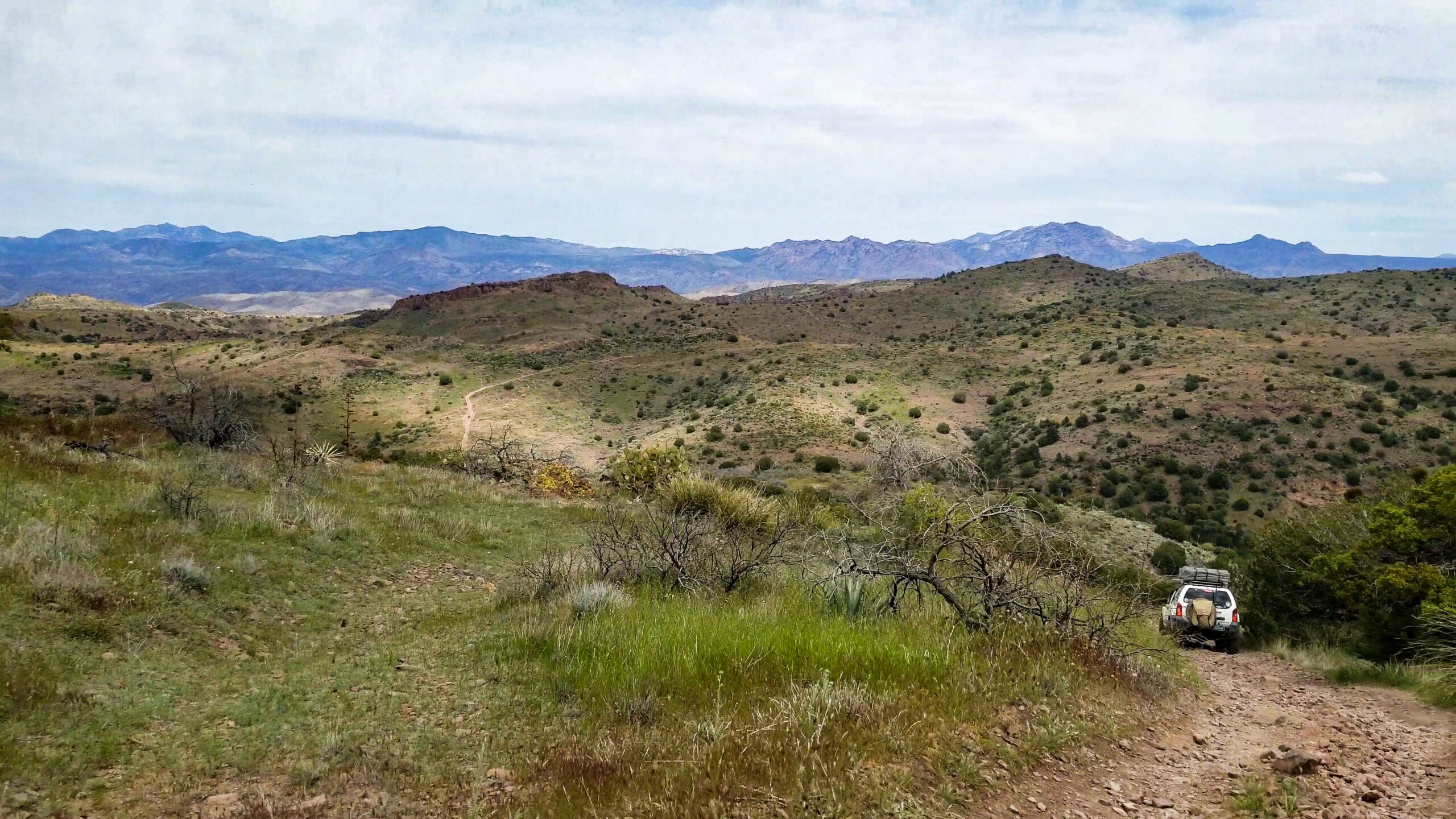Your cart is currently empty!
Posted in

As a lame duck president, the risk is high that President Biden will seek to designate numerous national monuments in the coming weeks. Through an abuse of the Antiquities Act, he can do this with the stroke of the pen with little advance notice or public input. The Kw’tsán National Monument is one of the monuments that we believe is highly likely to be designated. This monument is dangerously close to the OHV riding areas in Glamis, and we believe everyone who recreates in Glamis should oppose this monument.
Earlier this year Governor Newsom signed Senate Joint Resolutions 16 & 17 asking President Biden to designate the Kw’tsán National Monument – signaling that this is top priority lame duck land grabs. We need to send a strong signal of opposition to any land grabs that will change riding access in or around the sand dunes in Glamis!
Here are the top five reasons to oppose the Kw’tsán, National Monument:
- Impact on Recreational Access: National monument designations limit access for recreational activities. While national monuments often allow for certain limited forms of recreation, restrictions on motorized vehicles, camping, hunting, or shooting may apply, which would directly impact outdoor enthusiasts who rely on this land for various activities.

- Land Management Practices and Regulatory Spillover: Federal agencies responsible for the monument will likely impose restrictions within the monument, potentially influencing land management practices on adjacent lands. Nearby private, state, or tribal lands could feel indirect pressure to adopt similar restrictions, or they might face regulatory spillover. Expect to see environmental regulations related to endangered species protection, soil protection, dark sky protection, or noise mitigation that would impact bordering areas. It is highly likely that in order to protect monument values, group size limitations and restrictions on permitted events in Glamis and other adjacent landscapes would be adopted.

- Boundaries Violate the Antiquities Act: The Antiquities Act specifically requires that monuments be limited in size to the smallest area compatible with the objects the monuments are designated to protect. This means that monument boundaries need to correlate with the location of specific objects. The Kw’tsán, National Monument includes a railroad track for its southwestern boundary, which has no direct correlation with any identified objects in need of protection. The railroad just happens to be the most convenient straight line on a map. The monument supporters have also acknowledged that they still need tribal members and “experts” to justify the current map boundaries. Rather than start from the position of identifying objects of cultural or scientific interest that need protection and establishing related boundaries, they just created a shape on a map and stated they would figure out how it relates to protecting objects later. After decades of abuse where presidents have designated monuments with no perceivable limit to their power, they’re not even trying to comply with the Antiquities Act’s plain language anymore.

- Monument Will Erode National Sovereignty: Monument supporters erroneously state “The Antiquities Act has evolved as a tool to increase tribal sovereignty regarding the protection of cultural landscapes.” The Antiquities Act says absolutely nothing about increasing tribal sovereignty over lands owned by the United States, and we would love to see what the Supreme Court thinks about the Antiquities Act evolving from a statute limited by its text to an amorphous law that supersedes the Constitution’s clearly proscribed policies for tribal relations. Tribes have coordination rights that give them legal rights to influence federal policymaking, but this is mostly a right to guarantee an advisory role and not an actual “increase in sovereignty.” The Kw’tsán, National Monument isn’t just a land grab, it’s an unconstitutional power grab.

- Monument Will Erode National Security: One of the top issues in the recent election was border security, and the the Kw’tsán, National Monument includes a length of the United States’ southern border as part of its boundary. Monument restrictions would make it more difficult to secure this portion of the southern border, since monuments typically restrict permanent alteration of the landscape and prioritize resource protection above all other uses.
Contact Your Member of Congress to Oppose This Monument:
Tags:
You may also like…

Visit the AZBackroads.com Store

Please Become A Member
We need your help to keep our backroads open. Please join today!



